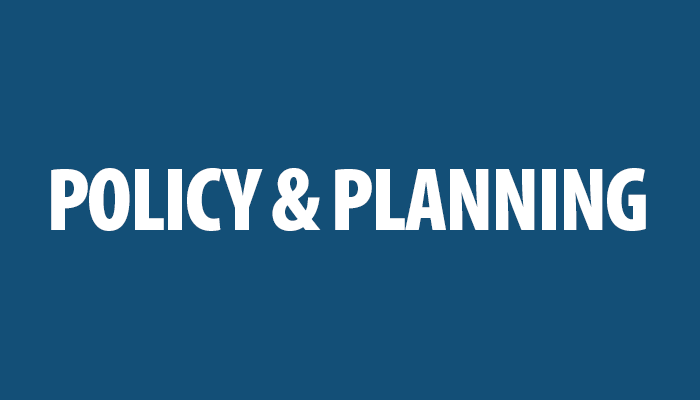Cost-effectiveness analysis is one of the most common forms of analysis used by governments, especially for small projects. There are occasions when a decision to moderate the incidence of flooding in a particular area is made under political compulsions as a result of public pressure or out of electoral commitments.
What is left to be decided is the most cost effective means of achieving the objective, e.g. whether by constructing embankments, improving drainage channels or having a detention basin etc. The costs of these alternatives to achieve the given objectives are estimated in order to find out the least costly alternative.
The costs need not be restricted to purely financial ones but might include economic costs also. Cost effectiveness refers to the comparison of the relative costs of two or more options to meet the benefits specified in non-monetary terms.
Cost-effectiveness analysis results in the least cost solution that meets some predetermined requirements. By analyzing the monetary value of various alternative undertakings, a ranking can be made according to their costs.
